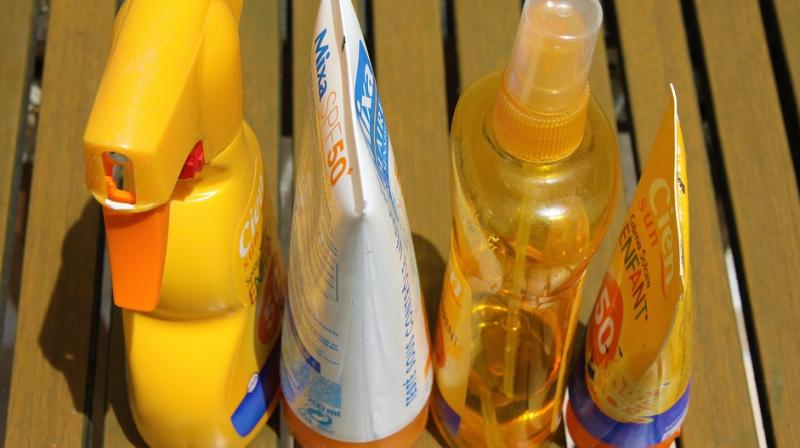Re-applying sunscreen helps in preventing tanning
If the molecules in sunscreen absorb the light, then we can reapply and manipulate the molecules to absorb more energy.

Washington D.C.: Did you know re-applying sunscreen during summers is very important?
Briton researchers have found that if the molecules in sunscreen absorb the light, then we can reapply and manipulate the molecules to absorb more energy and can protect the molecules from degradation.
Researchers from the University of Warwick in U.K. explained that when these molecules absorb energy from the sun, Stavros explains, they enter into an excited electronic state.
Other molecules are likely to break under the sun's glare, sometimes releasing dangerous free radicals. But instead of breaking, chemical filters can shimmy and shake themselves back into the more stable ground state, releasing energy as harmless heat.
"Sunscreens have been around for decades, so you'd think we know all there is to know about them, but we really don't," said Vasilios Stavros. "If we better understand how the molecules in sunscreen absorb light, then we can manipulate the molecules to absorb more energy and can protect the molecules from degradation. If the molecule doesn't break down, there's no need to reapply," Stavros added.
Stating that every sunscreen contain many different ingredients, Stavros said, "We wanted to break these lotions and creams down like a jigsaw puzzle -- take one of the ingredients and understand it from a molecular point of view without interactions from the other component parts."
They started by focusing on sunscreen ingredients called chemical filters, which are molecules that absorb UV light. They studied about 10 common chemical filters so far.
The problem is that these chemical filters can fail, breaking into pieces or getting stuck in the excited state. To figure out how to prevent chemical filter dysfunction, they used lasers to simulate the sun's energy and to monitor the flow of energy through the chemical filters as the molecules traverse from the ground state to the excited state and back again (or not).
They found that about 10 percent of the molecules of the sunscreen ingredient - oxybenzone - get locked in an excited state when the laser is shone on them. The researchers will present their work today at the 253rd National Meeting and Exposition of the American Chemical Society (ACS) in San Francisco.

